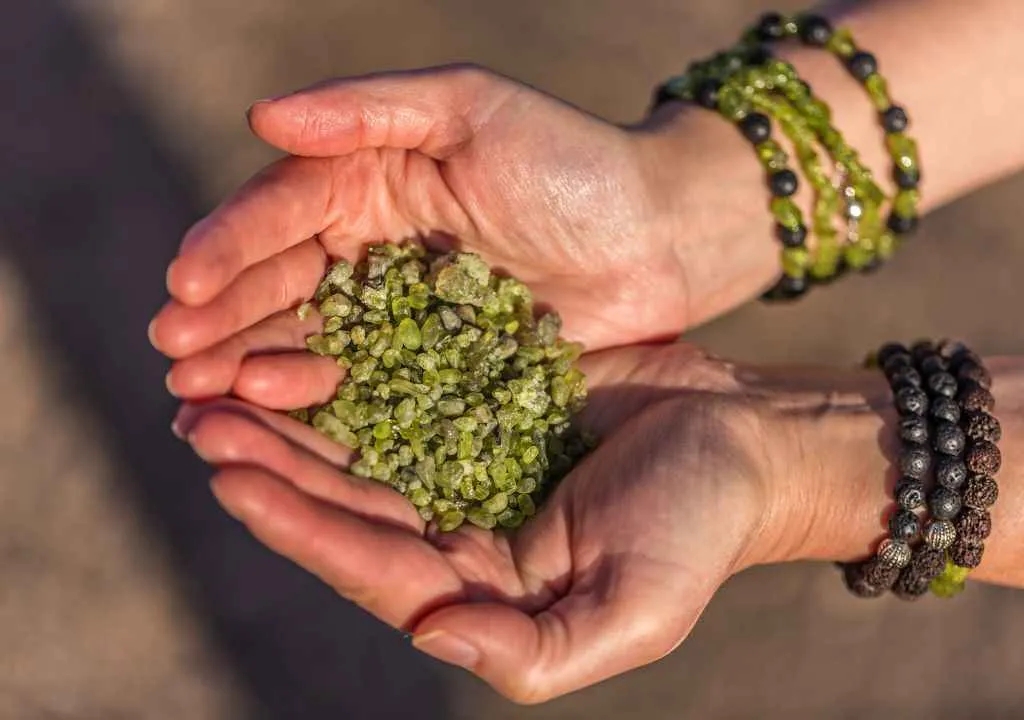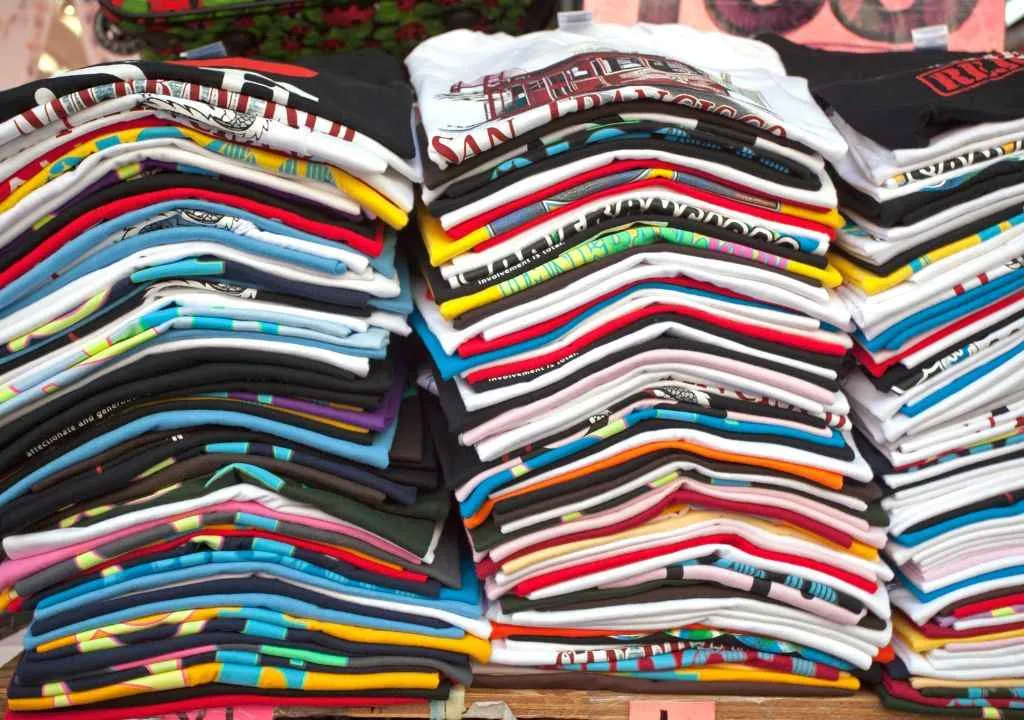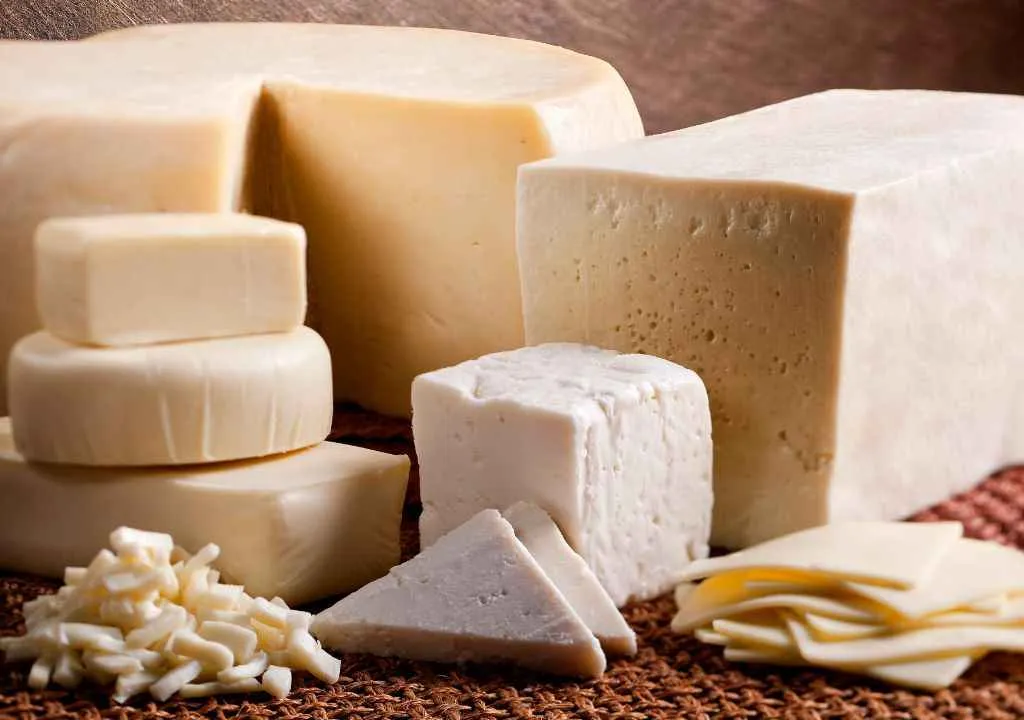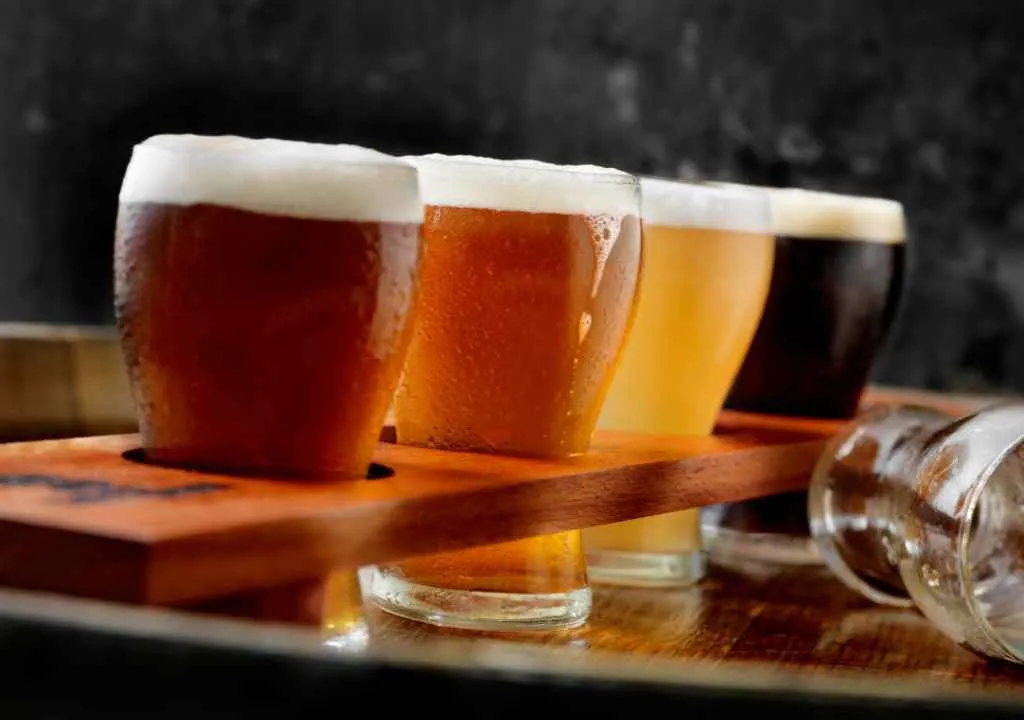On La Palma, cigars are more than just a product, they’re part of the island’s history, its landscapes, and its people. Handcrafted for generations, the “Puro Palmero” represents the soul of a tradition that has survived wars, emigration, disease and time, thanks to the skill and dedication of a few master cigar makers.
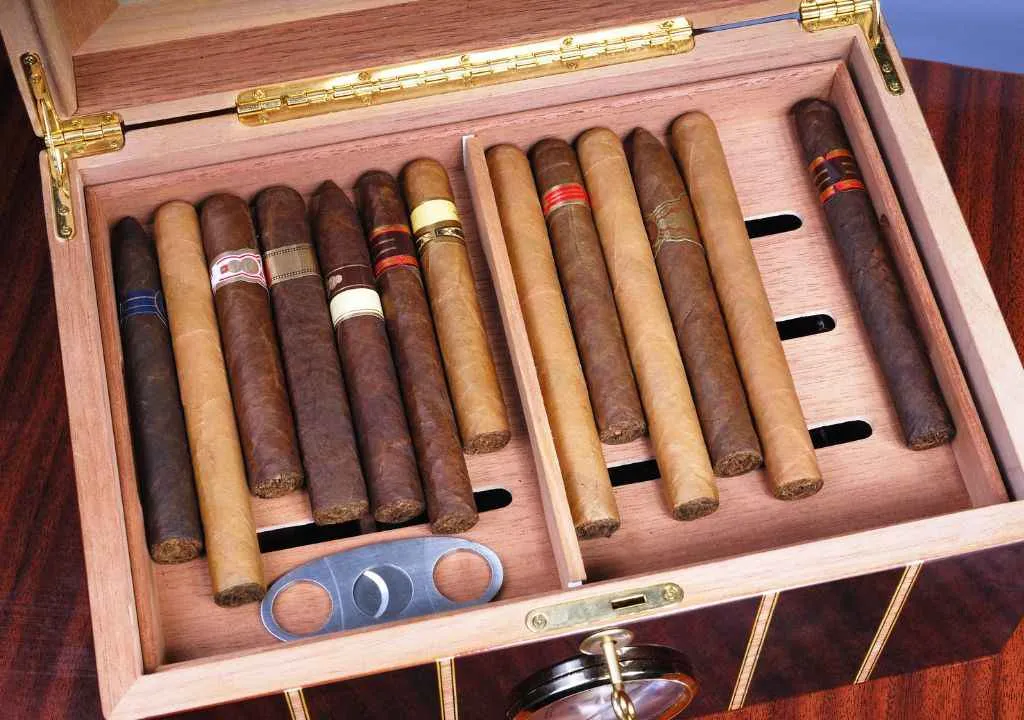
What is the “Puro Palmero” ?
The Puro Palmero is a handmade cigar, crafted entirely on the island of La Palma. Each leaf is carefully selected, rolled and aged using traditional techniques passed down through generations.
Unlike industrial cigars, every Palmero cigar is unique. It has body, aroma and personality, thanks to a slow, natural, and meticulous process.
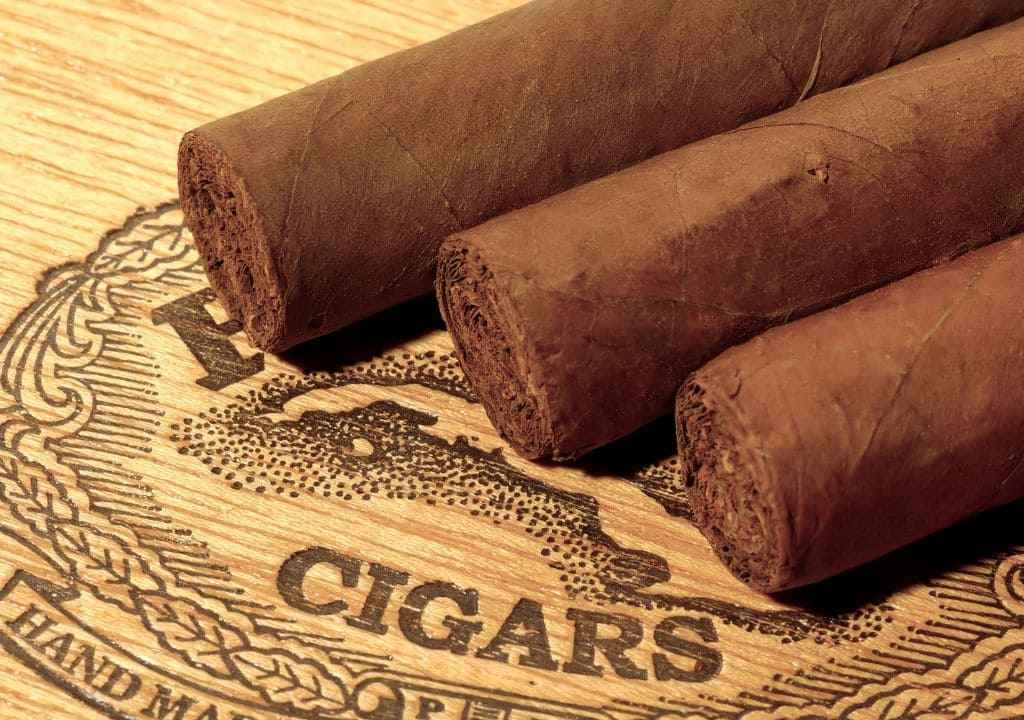
Origins: From Pastureland to Tobacco
The story of La Palma’s cigars is closely tied to Breña Alta, a fertile valley that was once used mainly for herding. After the Spanish conquest, wealthy Castilian families settled in the area, planting vineyards, cereals and fruit trees, and building country estates to enjoy the mild eastern climate.
In the 19th century, many islanders emigrated to Cuba, looking for better opportunities. There, they learned the art of tobacco. When they returned, they brought back seeds, tools, and know-how. And so began tobacco cultivation on La Palma.
With its volcanic soil and ideal microclimate, Breña Alta became the heart of cigar production on the island. Between 1920 and 1960, tobacco was one of La Palma’s economic engines.
The Blue Mold Crisis and the Art of Survival
In 1967, the crops were struck by a serious fungal disease: blue mold. It devastated La Palma’s tobacco fields and forced many small workshops, known as chinchales, to shut down.
But the tradition didn’t die.
Thanks to the persistence of a few families and artisans, the cultivation and production of Puro Palmero gradually recovered. Today, only a few chinchales remain, but the Palmero cigar is now considered one of the best handcrafted cigars in the world.
How is a Puro Palmero Made?
Every cigar is made by hand, through a long and delicate process:
- Growing: Tobacco is planted in spring and harvested by hand, especially in the fertile soils of Breña Alta.
- Drying & curing: The leaves are hung in drying barns and slowly cured until they reach the ideal texture.
- De-veining: The central vein of each leaf is removed by hand to avoid bitterness and ensure smooth burning.
- Rolling: The torcedor (cigar roller) selects and combines the leaves for filler (tripa), binder (capote) and wrapper (capa) following a secret recipe.
- Aging: The cigars are stored in controlled conditions to allow their flavours to fully develop.
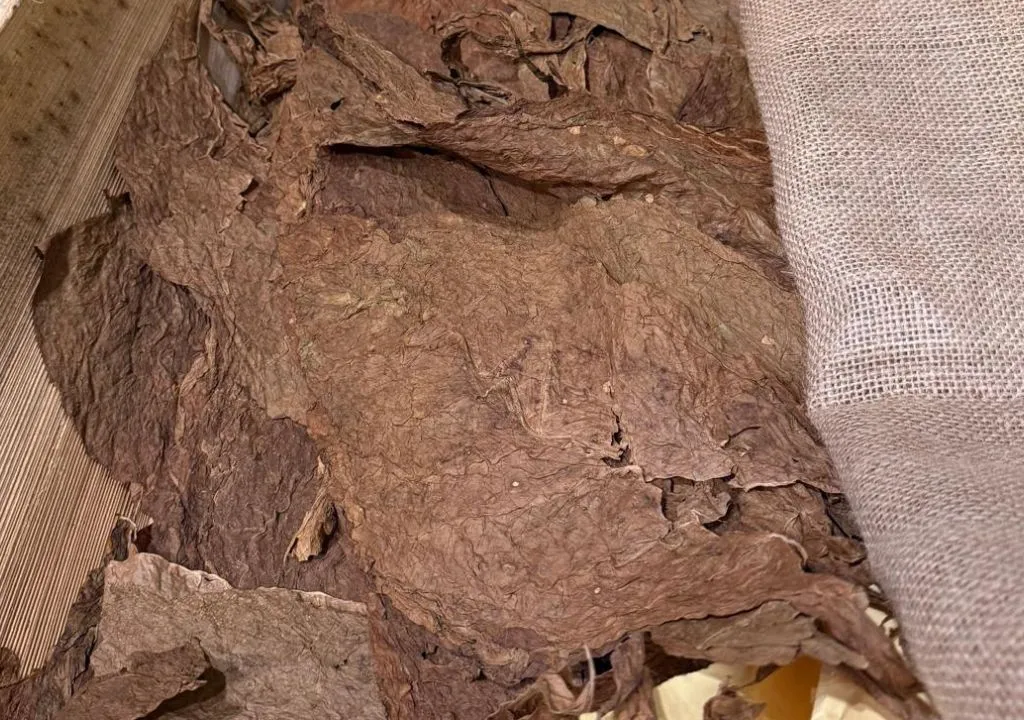
Where to Experience it on La Palma
- Museo del Puro Palmero – Breña Alta
Located in Parque de Los Álamos, this museum traces the history of tobacco on La Palma. It features old tools, photographs, and reconstructions of traditional production. There’s also a small shop with cigars and local products, perfect to understand the cultural legacy of La Palma’s cigars.
- → Puros Artesanos Vegas de Breña Alta – Historic centre of Santa Cruz de La Palma
A family-run business located on the pedestrian Anselmo Pérez de Brito Street, where you can not only buy high-quality handmade cigars, but also enjoy a live demonstration of how a traditional cigar is crafted using time-honoured techniques.
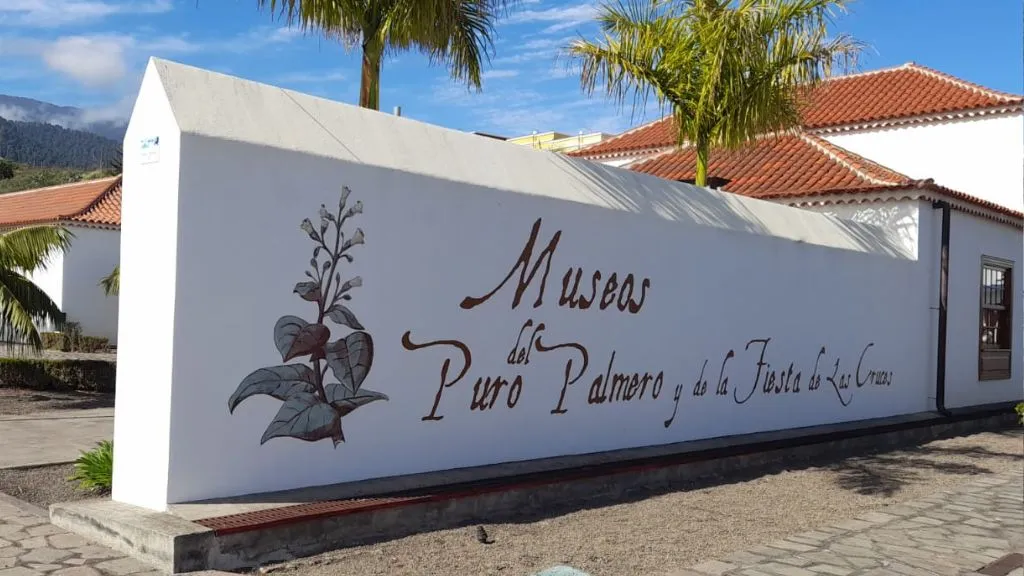
Eager to learn more about the history of cigars in La Palma?
They offer:
- Guided tour of the workshop
- Live demonstration of the rolling process
- Direct sale of cigars in standard and premium varieties
- Visit to their tobacco plantation (March to October)
A truly personal and flavorful experience for lovers of craftsmanship.

